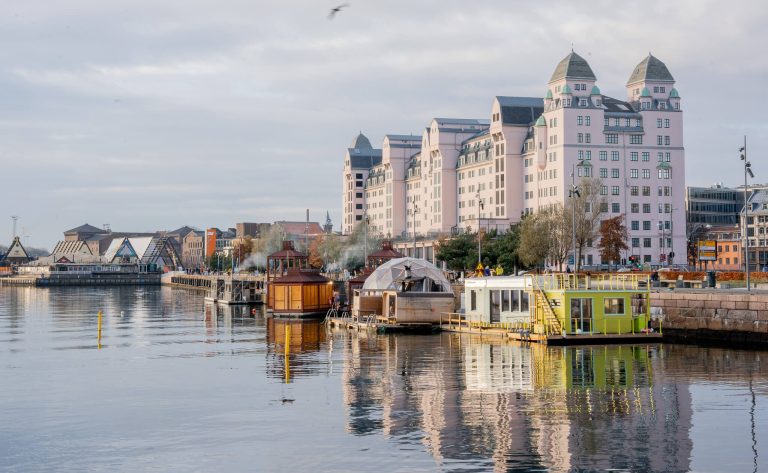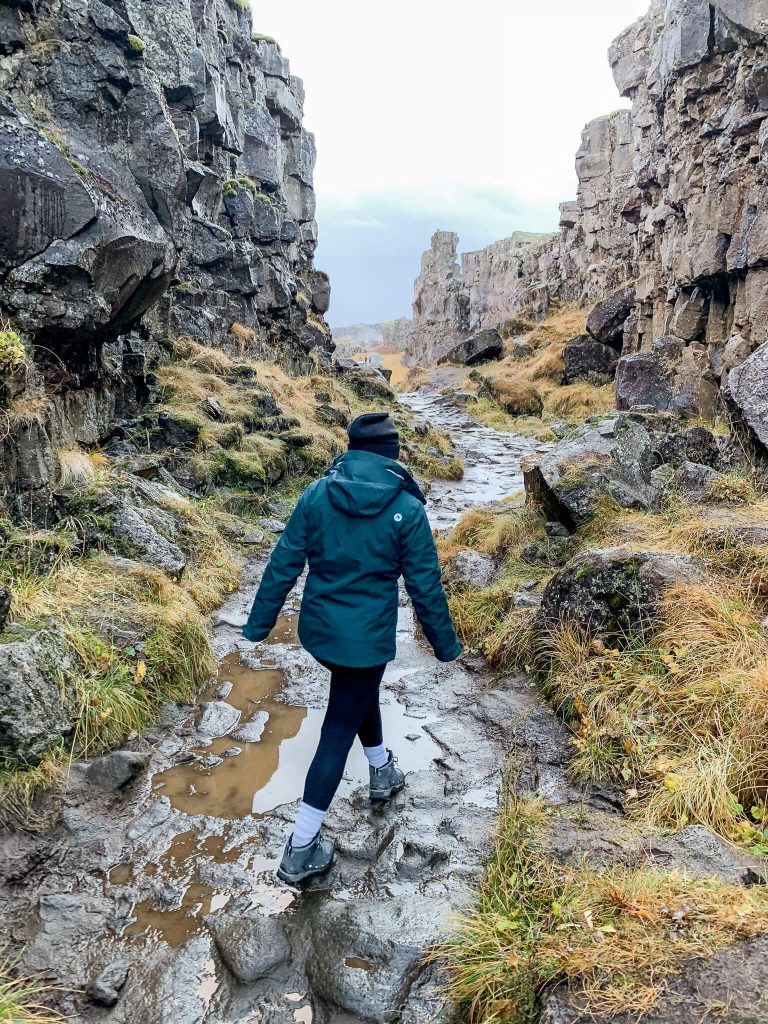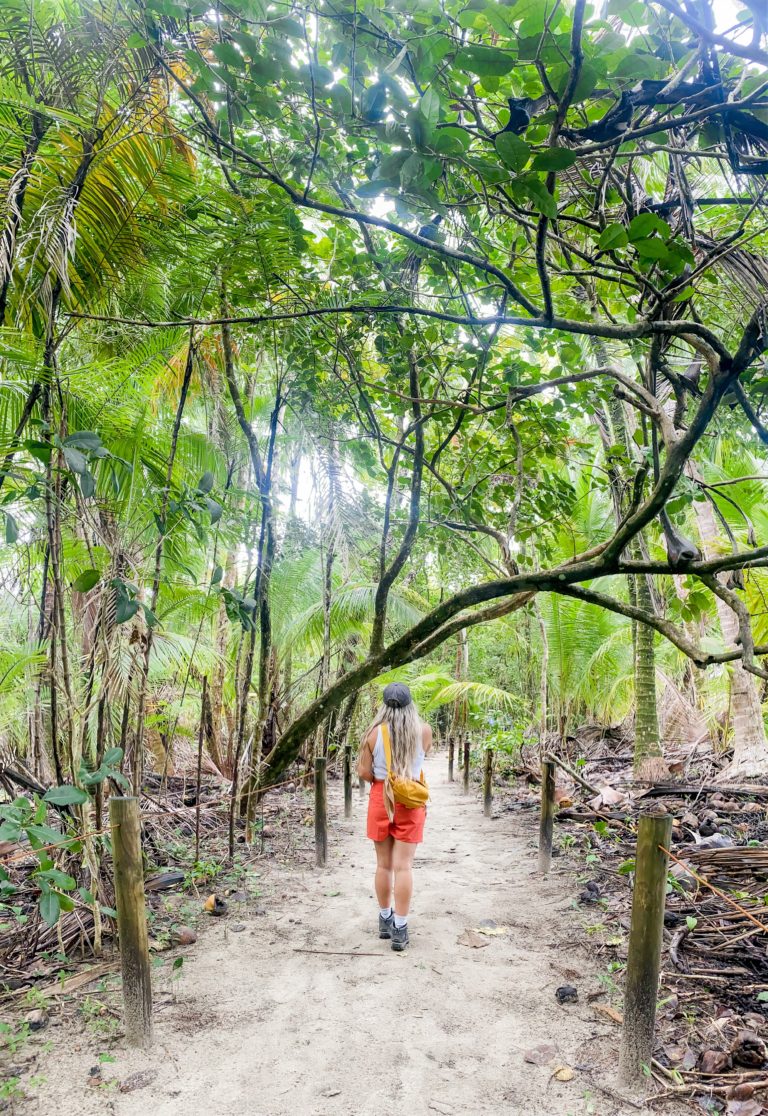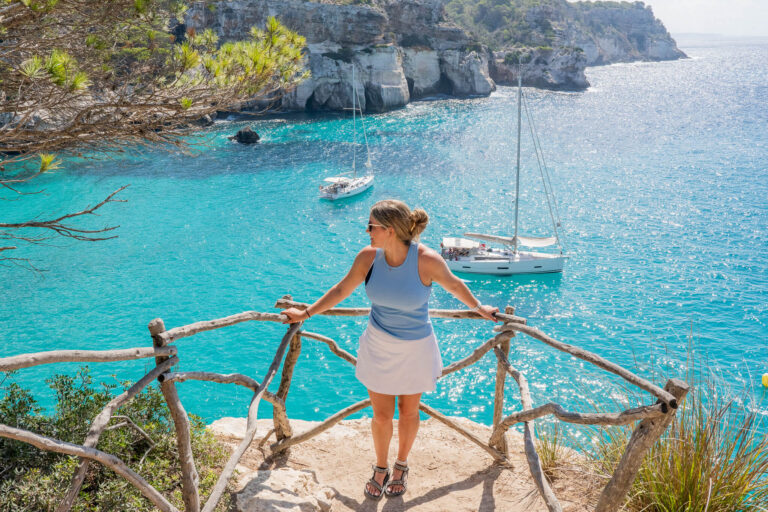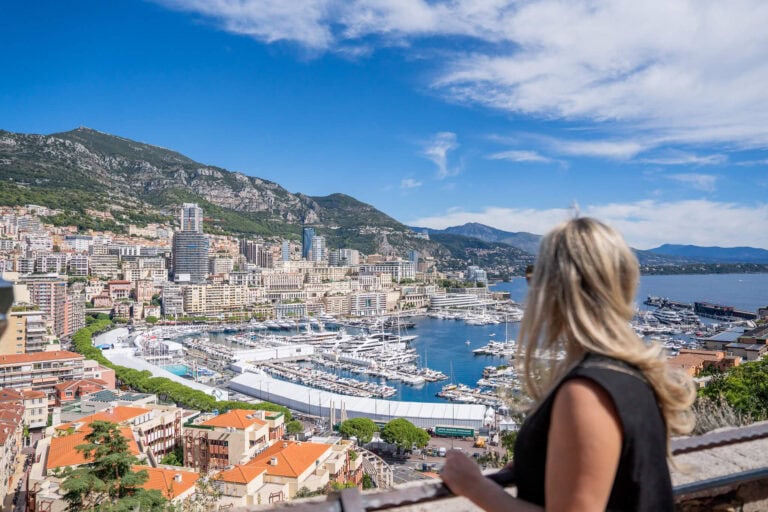The Ultimate Travel Guide to Iceland!
Traveling to Iceland? Here is an ultimate travel guide to Iceland and what to expect when you get there. In general, Iceland is an expensive country due to the amount of importing required. However, a lot of the activities and sights can be self-guided and make for a rather affordable trip! Here you’ll find:
- Best Time to visit
- Guide to Iceland Weather
- Essentials to pack for Iceland
- Currency and Tipping
- Guide to Iceland: Accommodations
- Guide to Getting around Iceland
- Travel Guide to Iceland Recap!
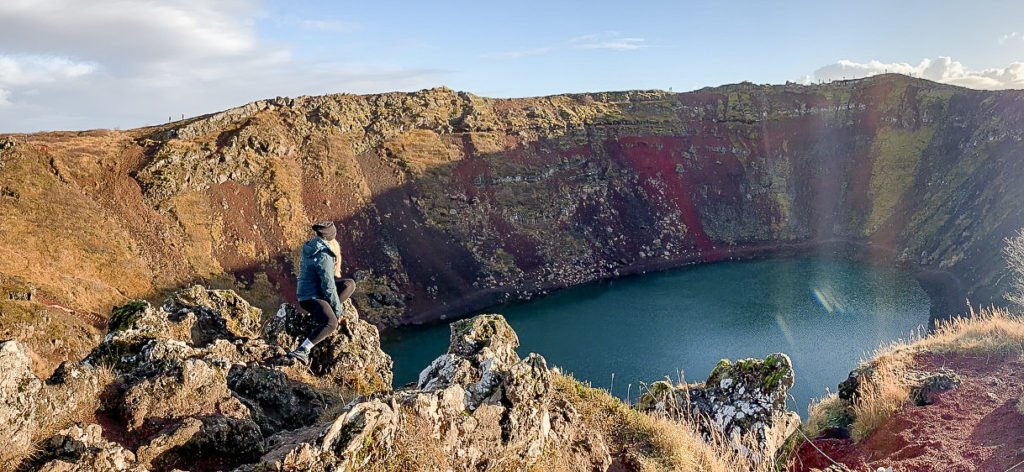
Work on Monday Travels is supported by readers and, at no cost to you, may earn commission when you book or purchase using our links. Full disclosure found here.
Best Time to visit
The best time to visit Iceland isn’t straight forward and depends on what you’re wanting to do. Iceland has perks year-round and there are things to consider when choosing when you want to visit Iceland.
Peak Season
Peak-Season is typically late May through August due to warmer weather
- Pros:
- Warmer weather means better hiking and more favorable conditions for exploring Iceland.
- The Midnight Sun occurs and there is near- constant daylight, allowing for more time to do outdoor activities
- Cons
- Increased crowds
- Higher prices for housing and plane tickets
- Less likely to see the northern lights
Off-Season
Off-season is typically September through May
- Pros
- Cheaper airfare, housing
- Less crowds
- You are more likely to see the Northern Lights during these months
- Cons
- You can freeze your butt off
- Your day may be more rushed to see everything due to decreased daylight hours
Best time for Northern Lights
Best time to see the Northern Lights is between September and April due to the darker night sky and increasing hours of nighttime
- November-January has the longest and darkest nights, however, they also have the most harsh weather with frequent clouds and storms and it isn’t uncommon for many roads to be closed due to the conditions
Best time to visit Iceland in my opinion
Personal opinion on the best time to visit Iceland is April/May or September/October
- You can see the northern lights, but the temperatures aren’t extreme. April and October will likely increase your chance of seeing the lights, but they will also be cooler.
- Less crowds and, what I look for frequently, flights/accommodations are cheaper
Guide to Iceland Weather
Weather in Iceland can be unpredictable year-round. However, despite it’s name, the weather is quite mild despite it’s proximity to the Arctic Circle. The weather is also more mild in Reykjavik due to its location on the southern coast compared to some places you’ll visit more inland.
Summer (May- August)
- Highs average around 50 degrees (10 degrees C), but have been known to reach highs between 68-77 degrees F (20-25 degrees C).
Winter (November- February)
- Can make for pretty chilly weather
- Temps hover around 32 degrees F (0 degrees C)
- Snow is common
Although temperatures can be “mild” for its northerly location, the wind is definitely something to take into effect. The intense wind along the coast added to 30-40 degree temperatures can make for unpleasant conditions.
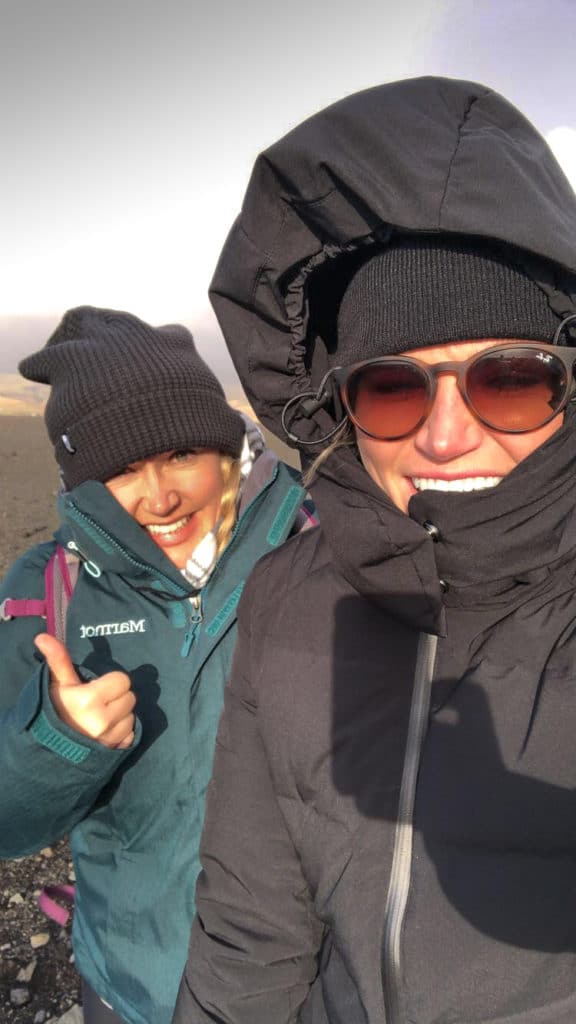
Essentials to pack for Iceland
With the wind and the weather conditions it is essential to pack LAYERSSS. Recommend bringing the following:
- Waterproof shoes
- Although it may not rain frequently during your travels, there is a wide variety of terrain in Iceland and there is nothing worse than wet feet. Visiting both black sand beaches, I was glad to have waterproof and warm shoes.
- Rain Jacket
- The kind of rainjacket you need will depend on what time of year you go. If you are going at any time besides the warmest months of the year (July/August), I suggest a lined rain-jacket. The wind can be brutal, and the extra lining inside can be a life-saver. In the summer you may get by with a thinner rain-jacket. but a rain-jacket is still necessary! Showers are possible and unpredictable and many of the waterfalls you visit can spray showers on you if you get close enough.
- Fleece-lined leggings
- This is a Fall/Winter/Spring essential. Cooler temperatures + wind= unpleasant conditions for outdoor activities. I wore fleece-lined leggings everyday under another pair of athletic leggings to help with the wind. They are a game-changer!
- Moisture-wicking socks
- Moisture-wicking socks are essential year-round. Even if you are hiking in the summer, wear wool, moisture-wicking socks to keep your feet dry and comfortable and prevent blistering.
- Beanie and gloves
- As I said, the weather can get cool even in the summer and with the combination of wind, your ears can freeze off. Pack an ear-warmer of any sort! Also, be prepared to take a lot of pictures which means your hands will be exposed a lot. Bring gloves to prevent your fingers from falling off!
Shop
Currency and Tipping
The national currency of Iceland is the krona. However, many places accept MULTIPLE forms of cash, including USD, Canadian dollars, Euros and more. But, honestly, credit cards are the most commonly used form of payment in Iceland.
Gratuity or an extra tax is added to your restaurant bills or hotels automatically (part of what makes Iceland expensive), so you typically don’t even need cash for tipping at restaurants or bars.
Guide to Iceland: Accommodations
You won’t have a hard time finding housing in Reykjavik. However, once you start traveling away from the city, housing can become scarce. If you plan to stay somewhere besides Reykjavik during peak season, book your accommodations EARLY!
On that note, I do recommend staying somewhere further north for part of your trip. Staying in Reykjavik only can limit how much you can see. Therefore, split your time between southern and Northern Iceland, or do like I’ve seen many do and rent a van for the trip!
Guide to Getting around Iceland
There are multiple bus tours that leave from Reykjavik and tour to the big sights such as the blue lagoon, golden circle, etc. However, you have to pay for each tour you take and you are at the mercy of the buses schedules.
My recommendation for getting around Iceland: rent a car. Seeing all the sights in Iceland can require quite a bit of driving. Therefore, the freedom of the car will allow you to stop when you want to stop and be on your own time schedule. However, a travel guide to Iceland isn’t complete without saying this: be prepared for high gas prices.
- As of July 2021, gas prices were around 246.08 krona per liter, or a whopping $7.40 dollars per gallon!
- The prices usually range between $6-7 dollars per gallon, but you can visit Global Petrol Prices to see the current prices of gas.
The high gas prices typically off-set the price of having to pay for tours, especially if you have traveling partners.
Search Car Rentals Below
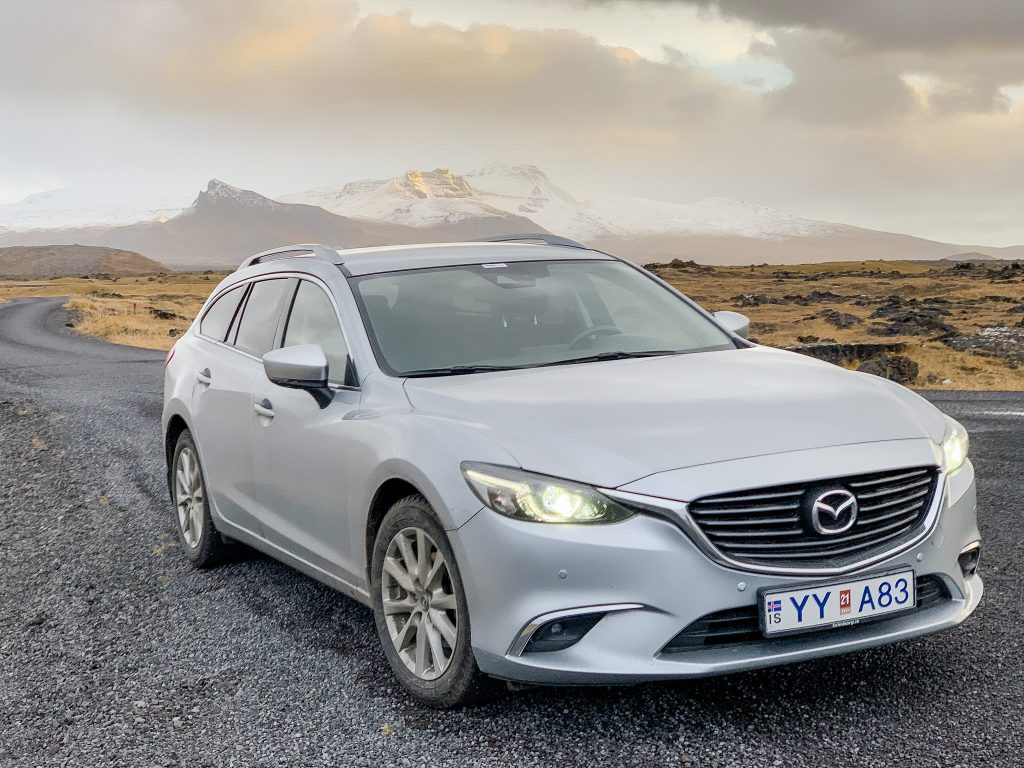
Travel Guide to Iceland Recap!
Overall, expect to have some unpredictable weather when going to Iceland and know that the food can be pricey compared to more mainland countries. Be prepared for a lot of driving, as there is SO much to see outside of the capital of Reykjavik and it is fairly spread out. You can make Iceland an affordable trip by doing your research and taking a self-guided tour around Iceland. Most of the activities and sights to see are appreciating the unique geography and nature of Iceland.






